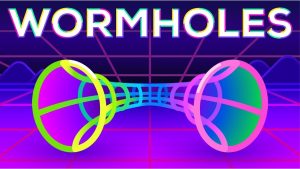
WORMHOLES:COSMIC SHORTCUTS
What if you could rocket from Earth, not to the Moon or Mars, but down a wormhole that loops all the way across the vast Milky Way, slashing travel time
The 21st century has witnessed an explosion of scientific advancements and discoveries that have reshaped our understanding of the world and the universe. Behind these breakthroughs are brilliant minds whose work has significantly impacted various fields, from genetics and biology to computer science and medicine. Here, we explore the contributions, achievements, and life stories of some of the most influential scientists of the 21st century.
 Jennifer Doudna, born on February 19, 1964, in Washington, D.C., is an American biochemist best known for her pioneering work in CRISPR-Cas9 gene editing technology. Doudna, along with Emmanuelle Charpentier, developed this revolutionary tool, which allows for precise alterations to DNA. This technology has profound implications for treating genetic disorders, improving agricultural crops, and advancing biomedical research. Doudna’s work earned her the Nobel Prize in Chemistry in 2020, highlighting her significant contributions to the field of genetics and molecular biology.
Jennifer Doudna, born on February 19, 1964, in Washington, D.C., is an American biochemist best known for her pioneering work in CRISPR-Cas9 gene editing technology. Doudna, along with Emmanuelle Charpentier, developed this revolutionary tool, which allows for precise alterations to DNA. This technology has profound implications for treating genetic disorders, improving agricultural crops, and advancing biomedical research. Doudna’s work earned her the Nobel Prize in Chemistry in 2020, highlighting her significant contributions to the field of genetics and molecular biology.

Stephen William Hawking was born on January 8, 1942, in Oxford, England, and passed away on March 14, 2018, in Cambridge, England. He was a theoretical physicist and cosmologist whose work on black holes and the nature of the universe has had a lasting impact. Hawking’s theoretical prediction of black hole radiation, known as Hawking radiation, combined quantum mechanics with general relativity in a novel way. His best-selling book “A Brief History of Time” made complex scientific concepts accessible to the public and inspired millions.

Tu Youyou was born on December 30, 1930, in Ningbo, Zhejiang, China. She is a Chinese pharmacologist and her discovery of artemisinin, a compound effective against malaria, has saved millions of lives. Rooted in traditional Chinese medicine, her work revolutionized malaria treatment and earned her the Nobel Prize in Physiology or Medicine in 2015. Artemisinin-based
combination therapies remain a critical tool in the global fight against malaria.

Sir Timothy John Berners-Lee was born on June 8, 1955, in London, England. He is a computer scientist best known for inventing the World Wide Web, a system that revolutionized the way information is shared and accessed globally. Although the web was conceived in the late 20th century, its impact has only grown in the 21st century. Berners-Lee continues to advocate for an open and accessible internet, ensuring his legacy endures as the digital landscape evolves.

Frances Hamilton Arnold was born on July 25, 1956, in Pittsburgh, Pennsylvania, USA. She is a chemical engineer and pioneer in the field of directed evolution, a method used to engineer enzymes with enhanced or novel properties. Her work has broad applications in industrial processes, medicine, and environmental management. Arnold’s innovative approach earned her the Nobel Prize in Chemistry in 2018, making her one of the leading figures in modern biochemistry.
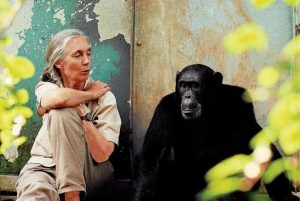
Valerie Jane Morris-Goodall was born on April 3, 1934, in London, England. She is a primatologist, ethologist, and anthropologist who transformed our understanding of chimpanzees through her extensive field research in Tanzania. Goodall’s discoveries about the social and behavioral dynamics of chimpanzees have bridged the gap between humans and animals, emphasizing the importance of conservation and animal welfare. Her lifelong dedication to environmental activism continues to inspire global conservation efforts.
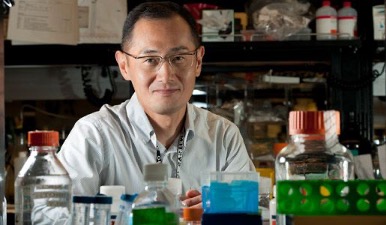 Shinya Yamanaka was born on September 4, 1962, in Osaka, Japan. He is a physician and researcher who revolutionized regenerative medicine with his discovery of induced pluripotent stem cells (iPSCs). By reprogramming adult cells to revert to a pluripotent state, Yamanaka’s work has opened new possibilities for personalized medicine, disease modeling, and regenerative therapies. His groundbreaking research earned him the Nobel Prize in Physiology or Medicine in 2012.
Shinya Yamanaka was born on September 4, 1962, in Osaka, Japan. He is a physician and researcher who revolutionized regenerative medicine with his discovery of induced pluripotent stem cells (iPSCs). By reprogramming adult cells to revert to a pluripotent state, Yamanaka’s work has opened new possibilities for personalized medicine, disease modeling, and regenerative therapies. His groundbreaking research earned him the Nobel Prize in Physiology or Medicine in 2012.
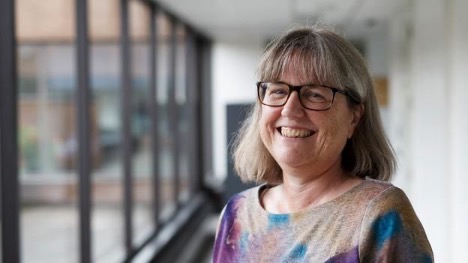 Donna Theo Strickland was born on May 27, 1959, in Guelph, Ontario, Canada. She is an optical physicist known for her work on developing chirped pulse amplification, a method to generate high-intensity, ultra-short laser pulses. This breakthrough has numerous applications, including in medical surgeries and manufacturing. Strickland’s work earned her the Nobel Prize in Physics in 2018, highlighting her contributions to laser physics.
Donna Theo Strickland was born on May 27, 1959, in Guelph, Ontario, Canada. She is an optical physicist known for her work on developing chirped pulse amplification, a method to generate high-intensity, ultra-short laser pulses. This breakthrough has numerous applications, including in medical surgeries and manufacturing. Strickland’s work earned her the Nobel Prize in Physics in 2018, highlighting her contributions to laser physics.
The 21st century has been marked by extraordinary scientific achievements driven by visionary scientists. From the molecular intricacies of genetic editing to the vast expanses of the cosmos, these pioneers have expanded the horizons of human knowledge and potential. Their work not only addresses some of the most pressing challenges of our time but also inspires future generations to push the boundaries of science and innovation.

What if you could rocket from Earth, not to the Moon or Mars, but down a wormhole that loops all the way across the vast Milky Way, slashing travel time

If you go outdoors on a clear evening and also search for it, you might have the ability to see Jupiter beaming brilliantly amongst the celebrities. At the exact same
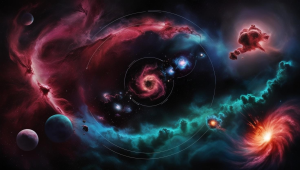
Stars, the dazzling points of light that fill up the evening skies are the foundation of galaxies plus the cradles of life itself. From their birth in large clouds of
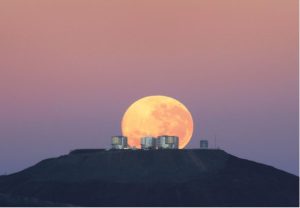
In the mission to recognize deep space mankind has actually developed progressively effective devices to observe deep space. Completion of this venture is the Extremely Large Telescope (ELT) which is

Space debris, also known as space junk, refers to the defunct artificial objects orbiting Earth. These objects include decommissioned satellites, spent rocket stages, and fragments from collisions and explosions.
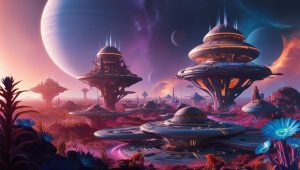
The search for exoplanets– planets that orbit stars outside our planetary system– has actually quickly developed into one of the most interesting and dynamic fields of astronomy
Write to
Jasmine Gogoi at csr@scientifictemperament.com
Let’s develop our society with a scientific heart. Join us to build the scientifically nurtured future →